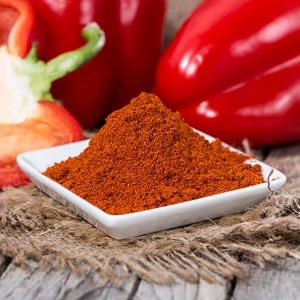- No. 268 Xianghe Street, Economic Development Zone of Xingtai city, Hebei 054001 China
- Byron@hbhongri.cn
Leading Exporters of High-Quality Red Pepper Powder for Global Markets and Culinary Needs
The Growing Market for Red Pepper Powder Export
Red pepper powder has become an essential ingredient in kitchens around the world, prized for its vibrant color and unique flavor profile. As global preferences shift towards spicy and flavorful cuisines, the demand for red pepper powder continues to rise. This trend has created significant opportunities for exporters specializing in this product. In this article, we will explore the factors contributing to the growing market for red pepper powder, the key players in the exporter industry, and the challenges faced by exporters.
The Global Demand for Red Pepper Powder
The increasing popularity of spicy dishes in various cultures has elevated red pepper powder's status in the culinary world. Countries such as India, Mexico, and South Korea are renowned for their use of chili peppers, with red pepper powder being a staple in their traditional dishes. Furthermore, the recent global shift towards plant-based diets and natural food products has reinforced the demand for spices like red pepper powder, which not only enhance flavor but also offer numerous health benefits. Rich in antioxidants and vitamins, red pepper powder is recognized for its potential health advantages, including anti-inflammatory properties and pain relief.
Key Players in the Export Market
As the demand for red pepper powder surges, several countries have emerged as key exporters. India stands out as the largest producer and exporter, with its diverse varieties of chili peppers, including Kashmiri, Byadgi, and Guntur. These varieties offer different heat levels and flavor profiles, catering to diverse culinary needs. Other notable exporters include Spain, Turkey, and the United States, each contributing to the global supply with their unique pepper varieties.
red pepper powder exporter

Exporting red pepper powder requires rigorous quality control and adherence to international food safety standards. Many exporters invest in state-of-the-art processing facilities to ensure their products meet these standards and retain maximum flavor and nutritional value. Additionally, some exporters emphasize sustainability practices, such as organic farming and fair trade, to cater to the growing consumer demand for ethically sourced products.
Challenges Faced by Exporters
Despite the promising market growth, red pepper powder exporters face several challenges. First, fluctuating prices of raw chili peppers can significantly impact profit margins. Weather conditions, pest infestations, and crop diseases can lead to shortages and price volatility, making it difficult for exporters to maintain consistent quality and pricing.
Moreover, the increasing competition in the global market means that exporters must continually innovate to stay relevant. This includes developing new blends and flavors, investing in marketing strategies, and enhancing logistical efficiency. Exporters must also navigate various regulatory requirements in different countries, which can complicate international trade.
Conclusion
The market for red pepper powder is expanding, driven by global culinary trends and health-conscious consumers. Exporters play a critical role in meeting this demand, especially those who prioritize quality, sustainability, and innovation. However, they must also navigate various challenges, from price fluctuations to regulatory hurdles. As the popularity of red pepper powder continues to grow, exporters who adapt to changing market conditions and consumer preferences will thrive in this competitive landscape. The future looks promising for red pepper powder exporters, offering exciting opportunities within the spice industry.
-
Turmeric Rhizome Powder: A Golden Treasure from Roots to TableNewsJul.28,2025
-
The Versatile Application Of Crushed Red Hot Peppers: Lighting Up The Red Flames On The Dining TableNewsJul.28,2025
-
The Paprika: A Touch Of Vibrant Red In Color, Flavor, And CultureNewsJul.28,2025
-
Ground Turmeric: A Modern Examination of an Ancient SpiceNewsJul.28,2025
-
Capsicum Liquid Extract: Features, Applications, and ChallengesNewsJul.28,2025
-
Application of Capsicum Liquid Extract in FoodNewsJul.28,2025







